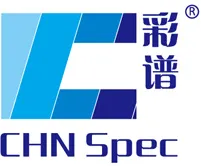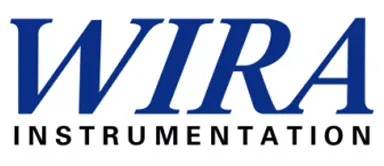How to Choose the Right Color Spectrophotometer for Your Needs
Selecting the appropriate color spectrophotometer is crucial for industries that rely on precise color measurement, such as textiles, coatings, and food production. According to a recent report by Smithers Pira, the global market for color measurement technologies is projected to reach $2 billion by 2025, underscoring the growing importance of color consistency and quality control. A color spectrophotometer is an essential tool that provides accurate and repeatable color measurements, allowing manufacturers to meet stringent quality standards and consumer expectations. With advancements in technology, options on the market vary significantly in terms of features, pricing, and capabilities. This makes it imperative for users to understand their specific needs to make an informed choice that optimally supports their quality assurance processes. Whether it’s for laboratory analysis or on-the-go field use, understanding the right specifications and functionalities of a color spectrophotometer will empower businesses to enhance their product quality and maintain brand integrity.
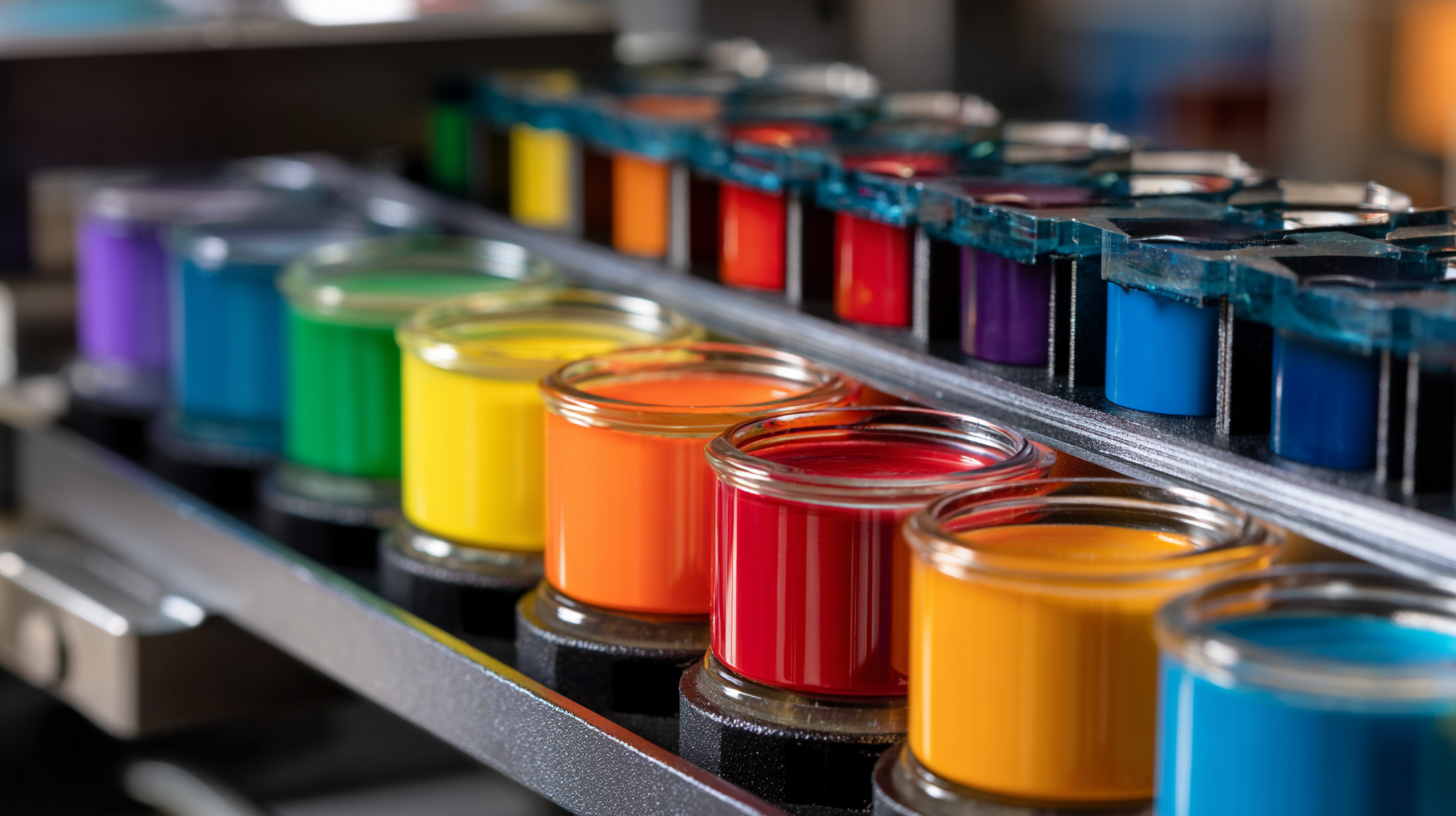
Understanding Different Types of Color Spectrophotometers Available in the Market
When selecting a color spectrophotometer, it is essential to understand the different types available in the market to find the right fit for your needs. Color spectrophotometers can generally be categorized into two main types: bench-top and portable models. Bench-top spectrophotometers are typically used in laboratory environments where accuracy and precision are critical. They offer advanced features, such as higher resolution and extended measurement capabilities, making them ideal for research and quality control applications.
On the other hand, portable spectrophotometers provide flexibility and convenience for on-site measurements. These devices are designed for ease of use and can be ideal for quick checks and field measurements in industries like textiles or food processing. While portable devices may sacrifice some precision, advancements in technology have made them increasingly reliable for a variety of applications. Understanding the specific requirements of your operations will guide you in choosing between these types, ensuring that you invest in a spectrophotometer that meets your performance needs and operational constraints.
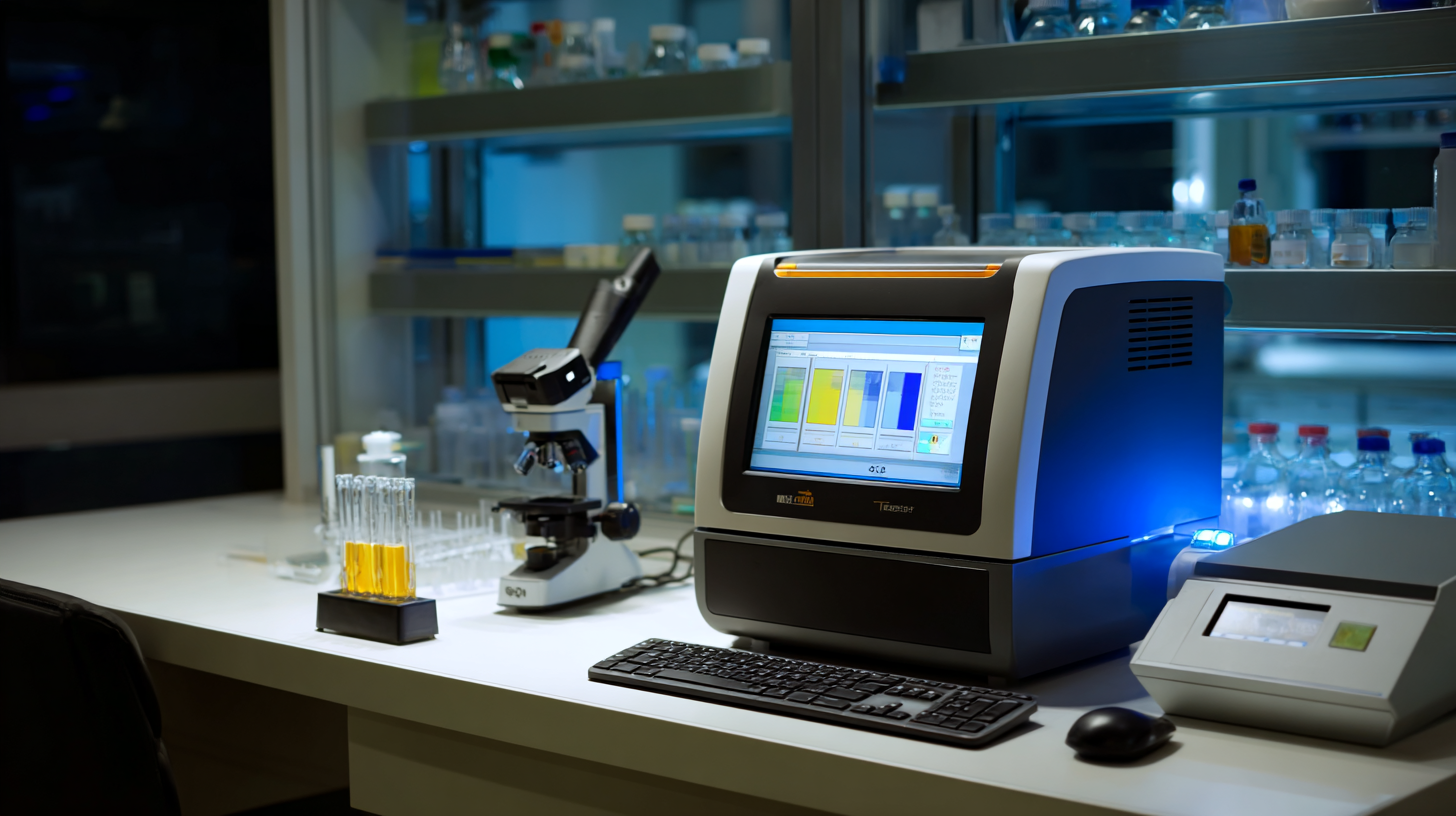
Key Features to Consider When Selecting a Color Spectrophotometer
When selecting a color spectrophotometer, several key features should be considered to ensure it meets your specific requirements. One of the primary factors is the range of wavelengths covered by the instrument. According to a report by the Color Science Association, a spectrophotometer that operates between 380 nm and 780 nm is generally acceptable for most applications in industries such as textiles and packaging. However, for more specialized applications like automotive coatings or food color analysis, consider models that extend into the ultraviolet and infrared ranges.
Another critical feature is the type of measurement capability—whether the spectrophotometer can handle reflectance, transmittance, or both. The International Organization for Standardization (ISO) suggests that instruments capable of measuring both types provide more versatility, particularly for materials that require precise color matching. Additionally, consider the instrument's ease of use and data processing capabilities. Modern spectrophotometers often come with software that allows for advanced data analysis and color matching functions, streamlining workflows and enhancing accuracy. As per a recent market analysis by MarketsandMarkets, the demand for spectrophotometers with advanced connectivity features is projected to grow by 12% annually, reflecting the industry's shift towards more integrated solutions.
Color Spectrophotometer Features Comparison
Assessing Your Specific Measurement Needs and Applications
When selecting the right color spectrophotometer, it's essential to assess your specific measurement needs and applications. Different industries, from textiles to food and paint, have varying requirements regarding color accuracy and measurement conditions. For instance, if you need to measure colors under specific lighting conditions, a spectrophotometer with adjustable illumination will be beneficial. Understanding the light source and geometry options available can significantly impact your results.
**Tips:** Consider the size of the samples you will be measuring. A portable spectrophotometer can be advantageous for on-site measurements, while a benchtop model might be more suitable for a laboratory setting. Additionally, evaluate the software that accompanies the device—user-friendly software can streamline your workflow.
You should also think about the level of precision required for your applications. Spectrophotometers offer varying degrees of accuracy and resolution, so it’s crucial to choose one that meets your needs without overspending on features that you won’t utilize. By focusing on your unique measurement parameters, you can confidently select a spectrophotometer that aligns perfectly with your operational demands.
How to Choose the Right Color Spectrophotometer for Your Needs
| Model | Measurement Range | Light Source | Suitable Applications | Price Range |
|---|---|---|---|---|
| Model A | 400-700 nm | LED | Paints, Inks | $1,000 - $1,500 |
| Model B | 350-750 nm | Xenon Lamp | Textiles, Plastics | $1,200 - $1,800 |
| Model C | 400-800 nm | Halogen Lamp | Cosmetics, Food | $1,500 - $2,200 |
| Model D | 450-700 nm | LED Array | Pharmaceuticals, Ceramics | $2,000 - $3,000 |
| Model E | 350-900 nm | Tungsten Lamp | Research, Calibration | $2,500 - $4,000 |
Budgeting for Your Color Spectrophotometer: Cost vs. Performance
When budgeting for a color spectrophotometer, it's essential to balance cost and performance to ensure you select a model that meets your specific needs. Consider not just the initial purchase price, but also the long-term costs associated with maintenance and operation. Higher-end models may come with a steeper price tag, but they often offer superior accuracy and features that can lead to significant time savings and increased efficiency in your workflows.
**Tips:** Look for models that offer a good warranty and customer support, which could save you money in case of any issues later on. Additionally, consider whether the spectrophotometer can be upgraded in the future, allowing you to extend its capabilities without the need for a complete replacement.
Another critical aspect is to assess the spectrum of features that different spectrophotometers offer. Basic models may suffice for simple tasks, while more advanced options provide integrated software for data analysis, better resolution, and enhanced color matching capabilities. Investing a bit more upfront in a model that aligns closely with your application can yield better results over time.
**Tips:** Research user reviews and case studies relevant to your industry to better understand how various models perform in real-world scenarios, ensuring you make an informed decision that suits your budget and needs.
Maintenance and Support: Ensuring Longevity of Your Spectrophotometer
When investing in a color spectrophotometer, proper maintenance and support are crucial for ensuring its longevity and accuracy. According to the International Organization for Standardization (ISO), regular calibration is essential, with recommendations suggesting this should occur at least once every six months for most applications. Properly maintained equipment not only delivers consistent results but also reduces the risk of costly repairs and downtime.
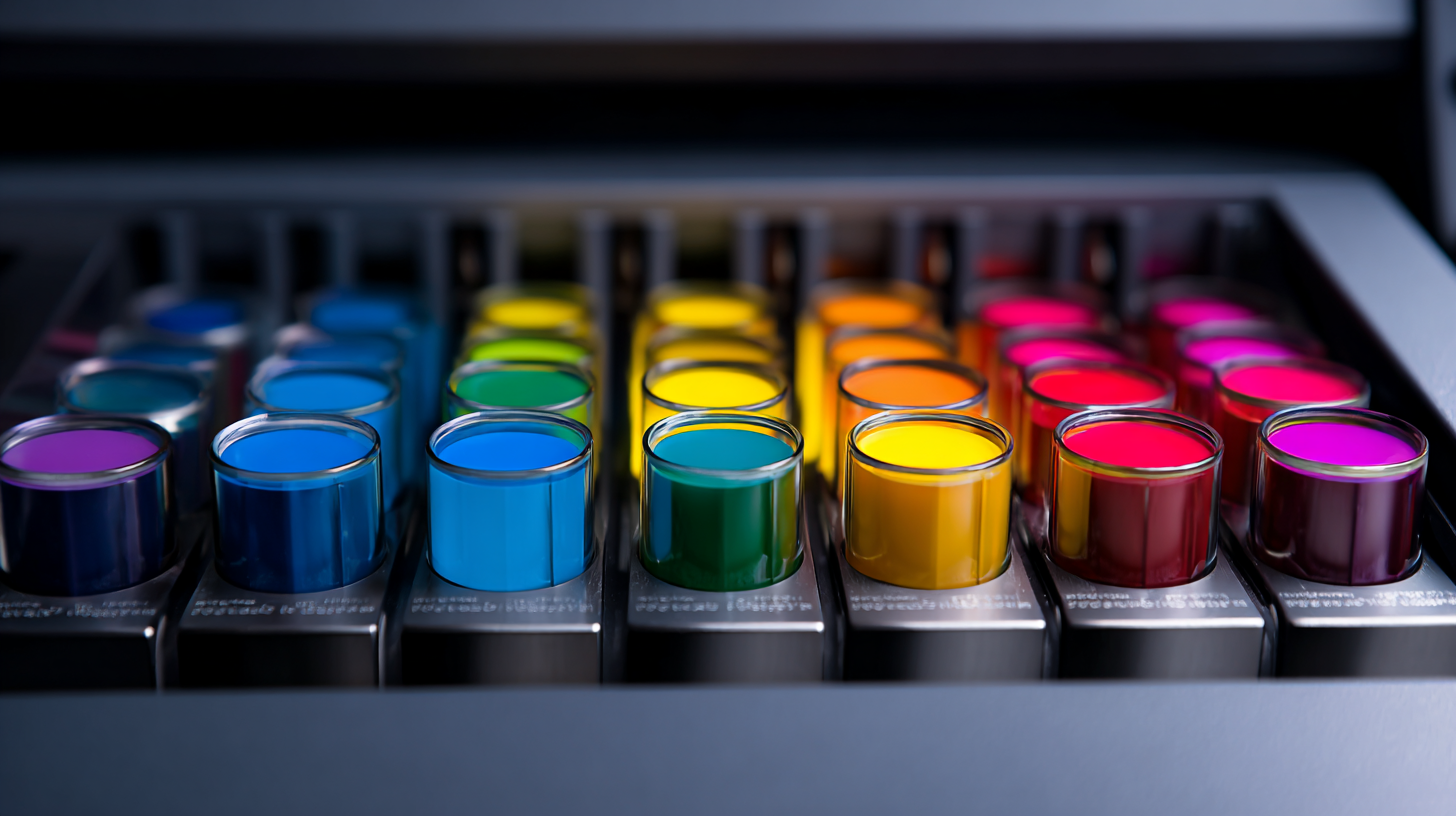
Tips for maintaining your spectrophotometer include:
- Regular Cleaning: Frequent dusting and cleaning of the optics will prevent contamination that can skew results.
- Environmental Control: Operating your spectrophotometer in a stable environment, free from extreme temperatures and humidity, enhances its accuracy and lifespan.
Moreover, choosing a supplier that offers reliable support and service is vital. A recent industry report indicated that 60% of spectrophotometer users reported improved performance and satisfaction when their provider offered comprehensive training and support services. This highlights the importance of not only the instrument's quality but also the assurance of ongoing technical support for troubleshooting and guidance.
Related Posts
-

How to Choose the Right Temperature Humidity Chamber for Your Specific Testing Needs
-

Solutions for Tailored Environmental Test Chamber Applications
-

How to Choose the Right Force Tester for Your Manufacturing Needs
-

7 Compelling Reasons to Invest in Thermal Chambers for Your Business Success
-
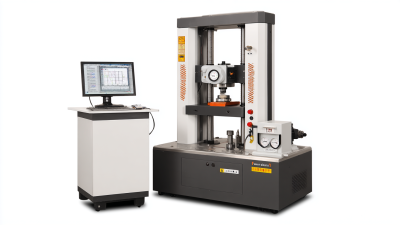
Essential Guide to Understanding Universal Tensile Testing Machines for Accurate Material Analysis
-

Ultimate Guide to Understanding Thermal Chambers: Selection, Usage, and Best Practices
Have Questions? We're Here to Help!
Give us a call at (864) 989-0566 or send us a message to discuss our testing equipment with an expert.


